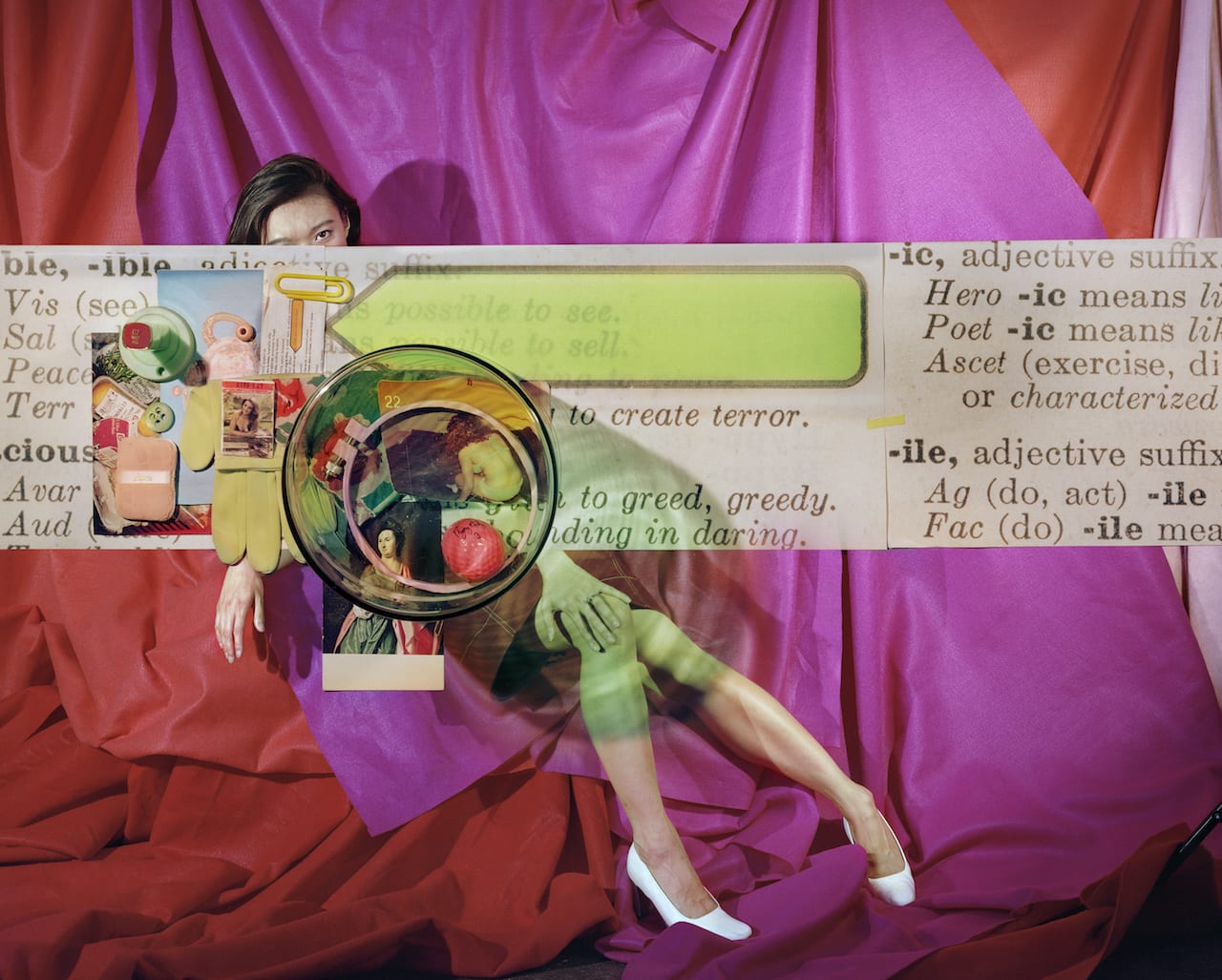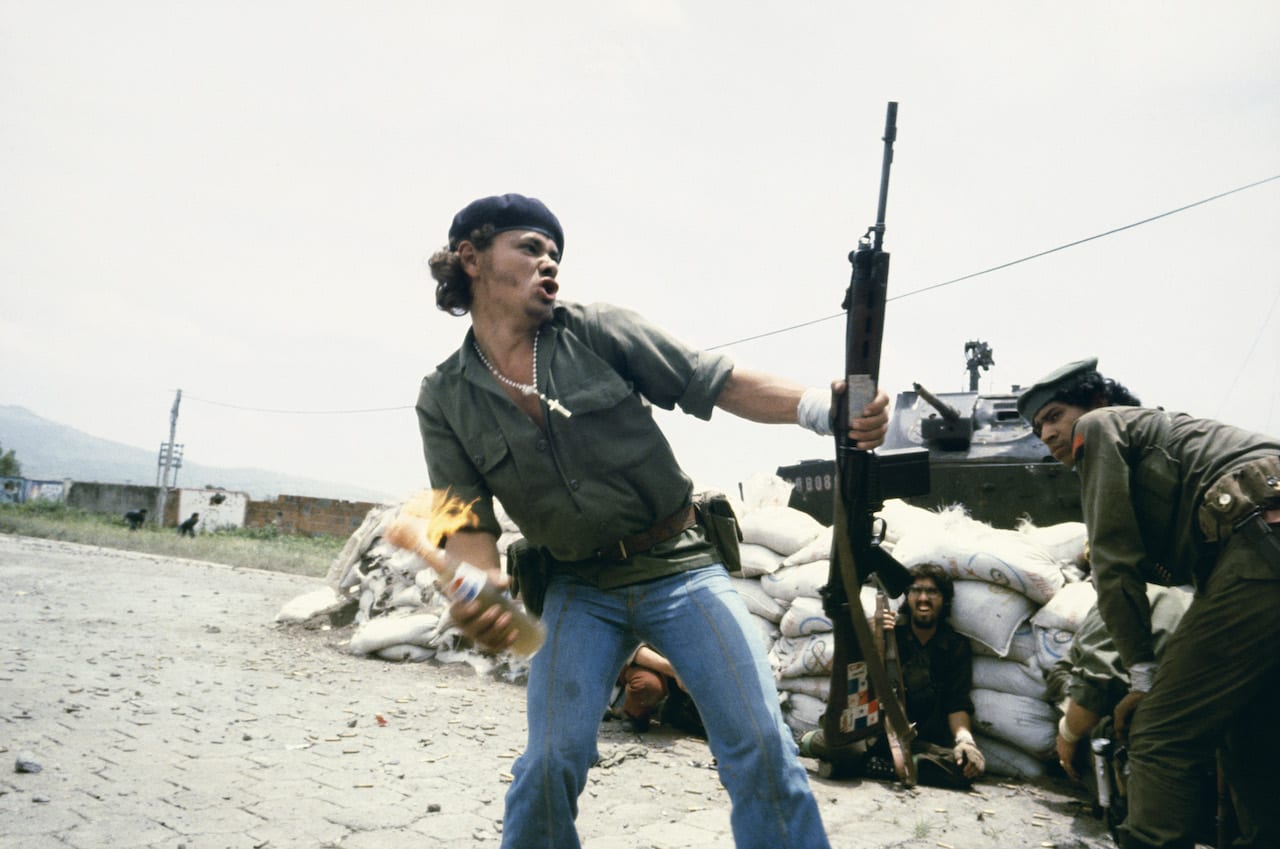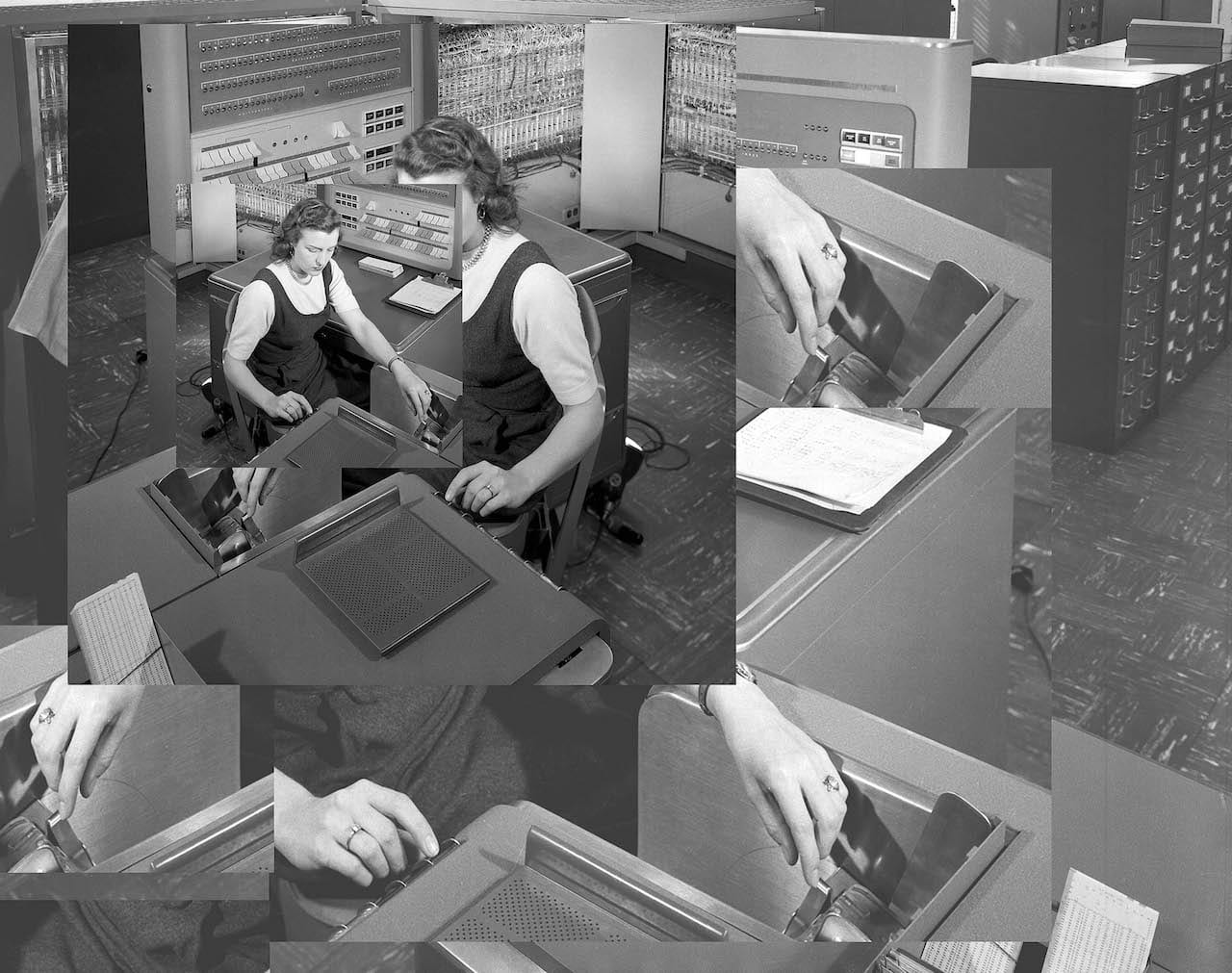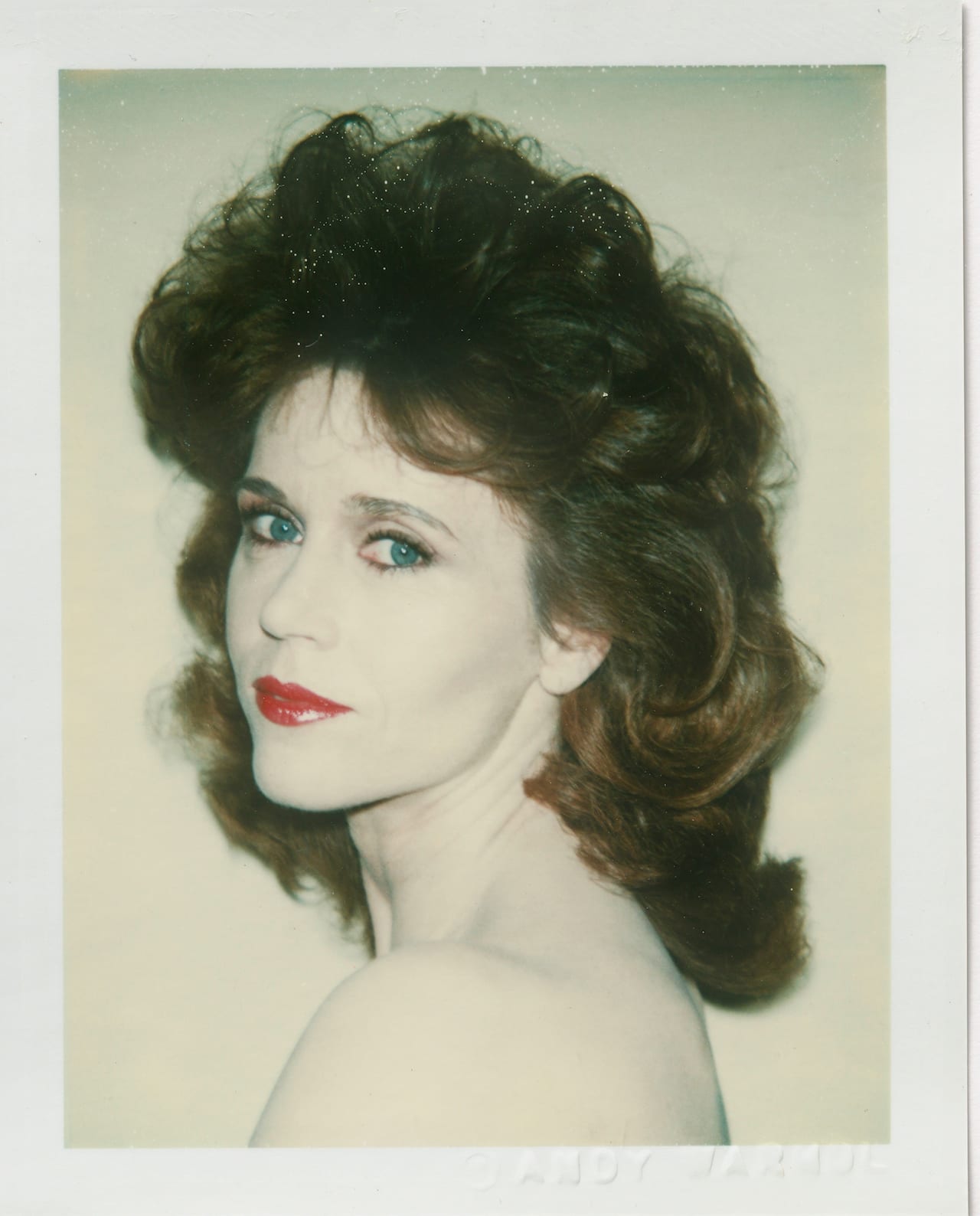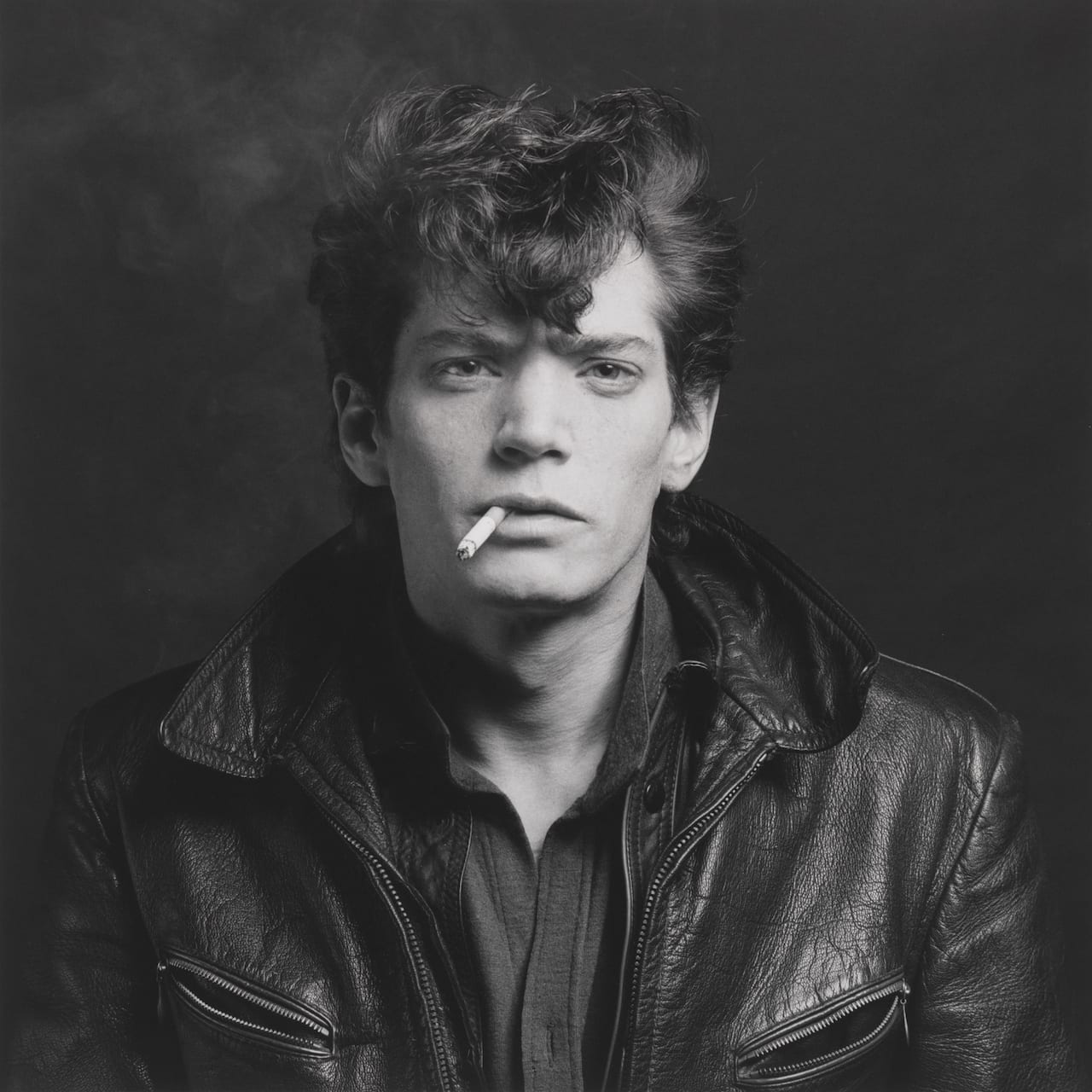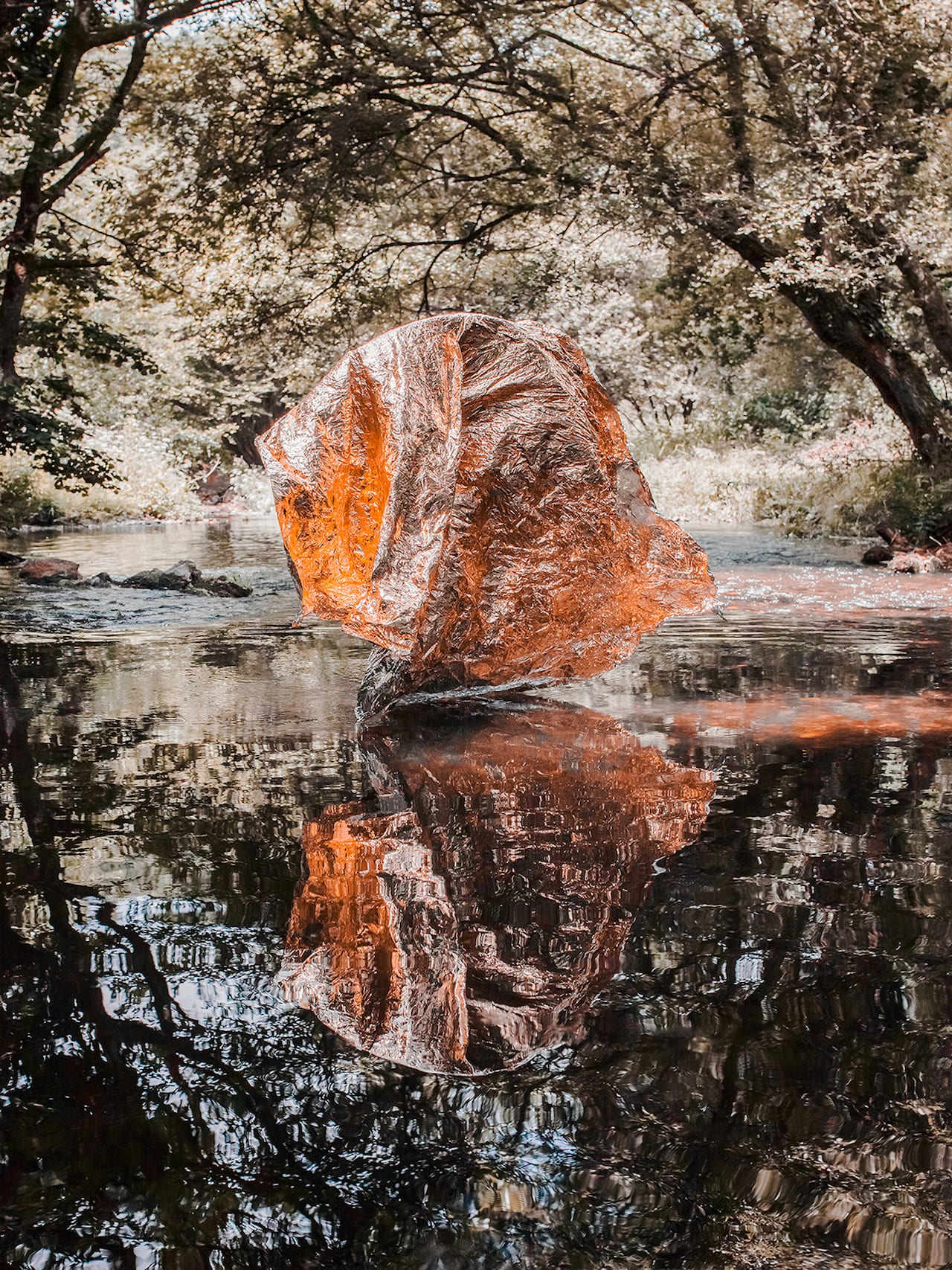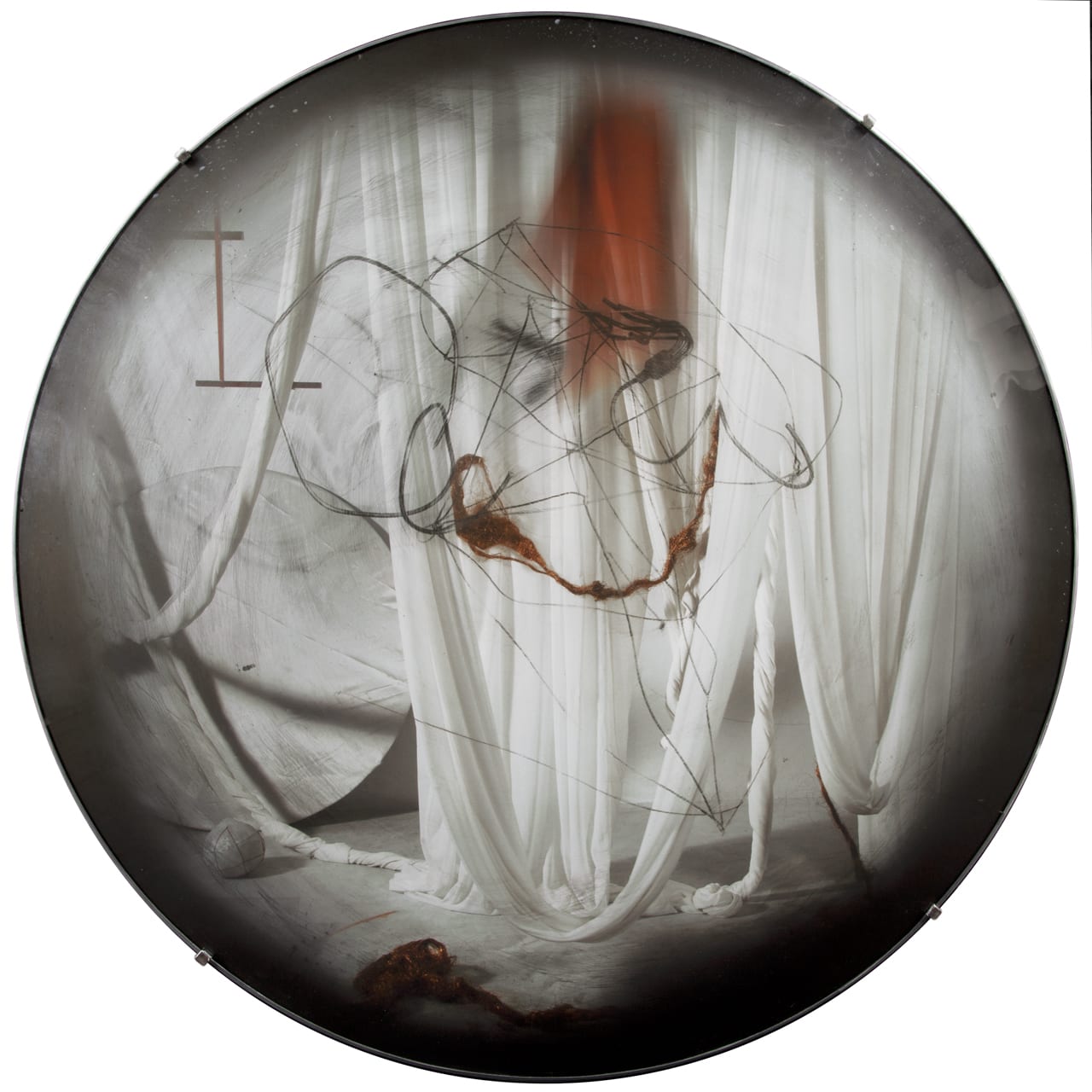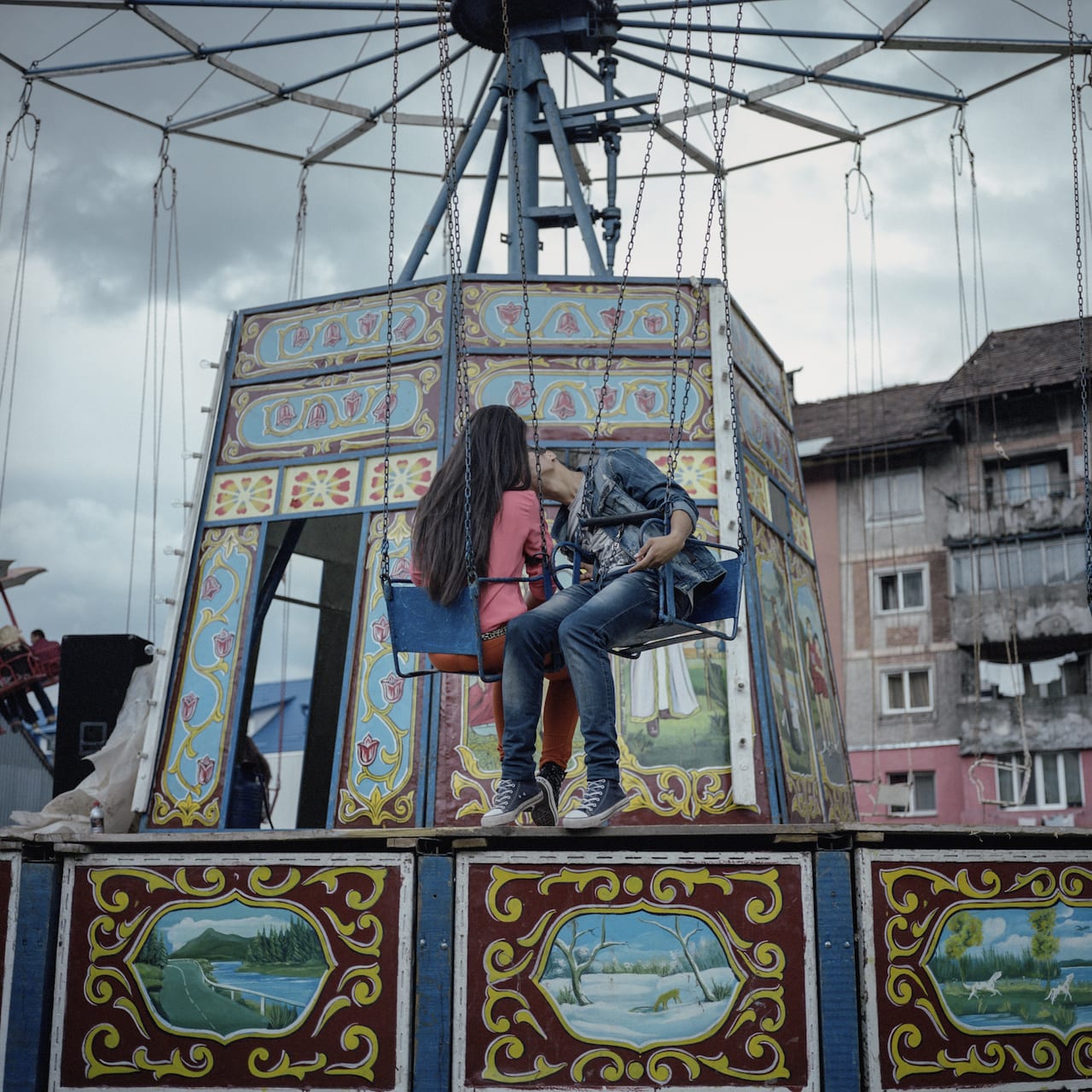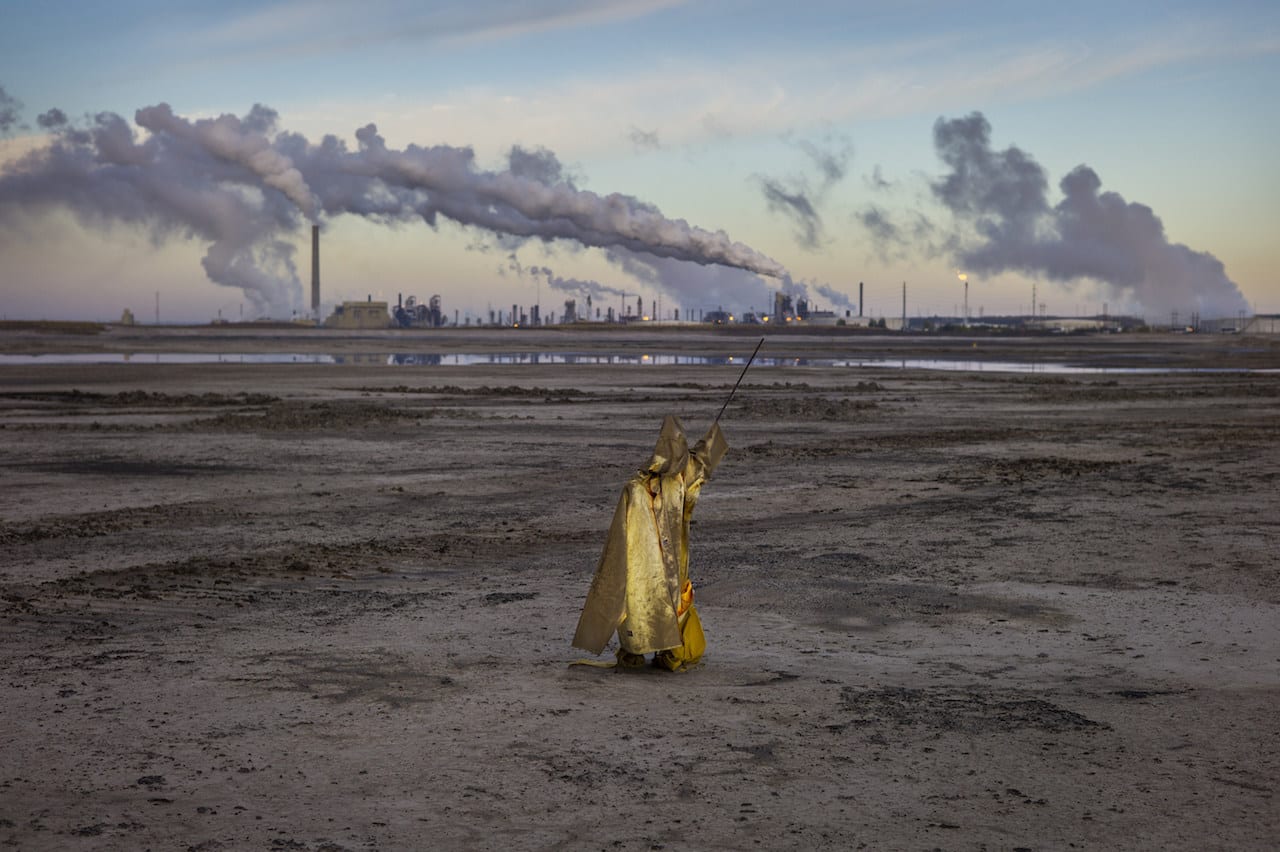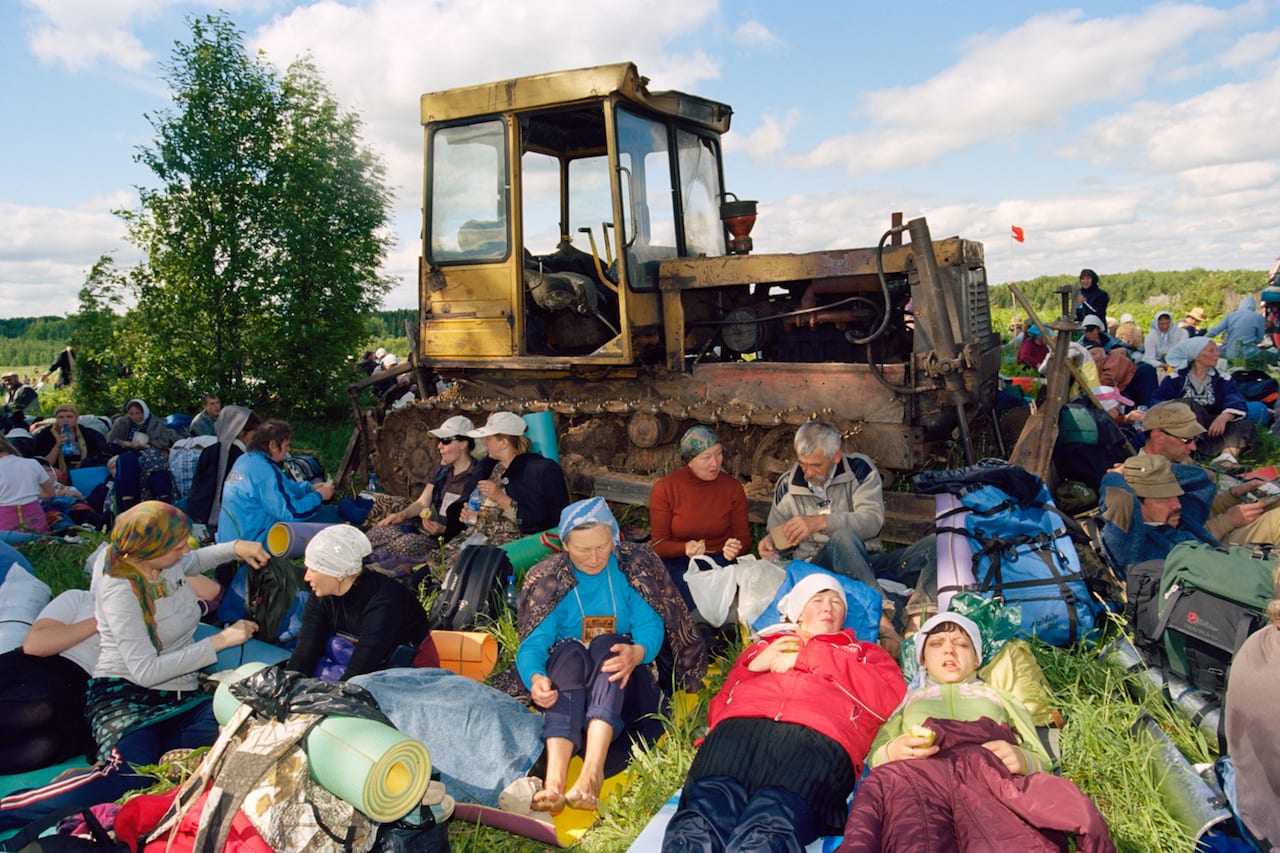Discovered objects and images play a vital role in the work of Vancouver-born, Brooklyn-based artist Sara Cwynar. Her practice blends collage, still life and portraits in photographic and filmic forms, incorporating material sourced on eBay, or at flea markets and the like. So when the opportunity arose to hold an exhibition at the Minneapolis Institute of Art last autumn, followed by a show at Milwaukee Art Museum this spring, it seemed a serendipitous moment to unearth works incorporating items from an archive close by.
“Some of the pictures that I’ve used as source material over the years came from an eBay seller who bought the archive of an old photo studio in Milwaukee,” she explains. “I think it was operational from the 1950s to the 1970s or so, and it closed down a long time ago. I like that they tie in to the location; I have repurposed some of the negatives from that for this show.”

